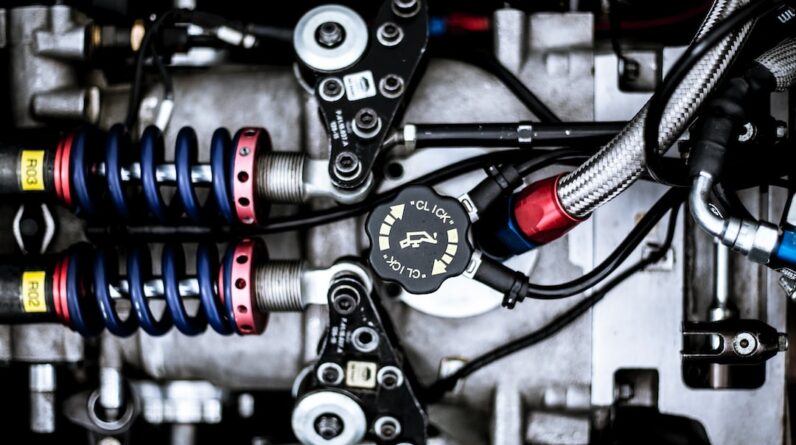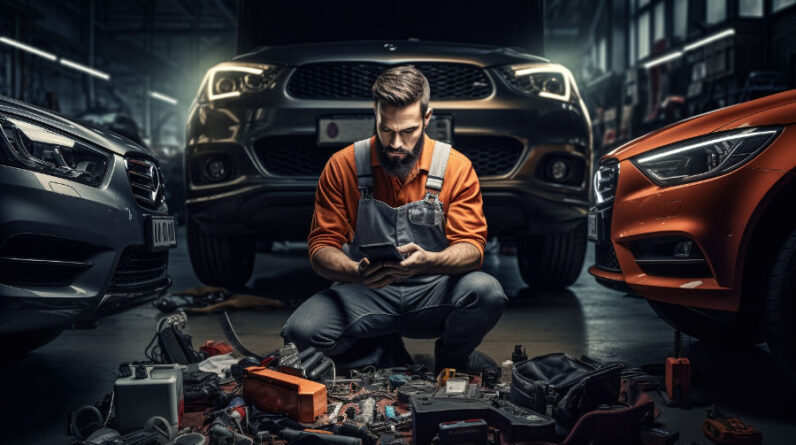Are you in the market for a used car? Like a skilled detective, you need to be able to spot the telltale signs that a car has had a previous owner. It’s like peeling back the layers of an onion to reveal its history.
In this article, we will guide you through the process of determining if a car is second hand. By following these steps, you can avoid any unpleasant surprises and make an informed decision.
First, check the mileage and service history. This will give you an idea of how much wear and tear the car has experienced.
Next, inspect the interior and exterior for any signs of wear and tear. Are there any scratches, dents, or stains? These could be indicators of a previous owner. Additionally, look for any signs of wear and tear on the tires, brakes, and suspension.
To further verify the car’s history, check the ownership and title documents. Are they in the current owner’s name? If not, it could be a sign that the car has changed hands before.
Finally, consider getting a professional inspection. A trained eye can spot any hidden issues that may not be immediately apparent.
By following these steps, you can confidently determine if a car is second hand. So, put on your detective hat and let’s dive in!
Key Takeaways
- Checking the mileage and service history is crucial in determining if a car is second hand.
- Verifying ownership and title documents for inconsistencies can help avoid legal issues.
- Considering a professional inspection can help uncover hidden issues and potential future problems.
- Researching the vehicle’s accident history and obtaining a vehicle history report provide valuable information about the car’s past.
Check the Mileage and Service History
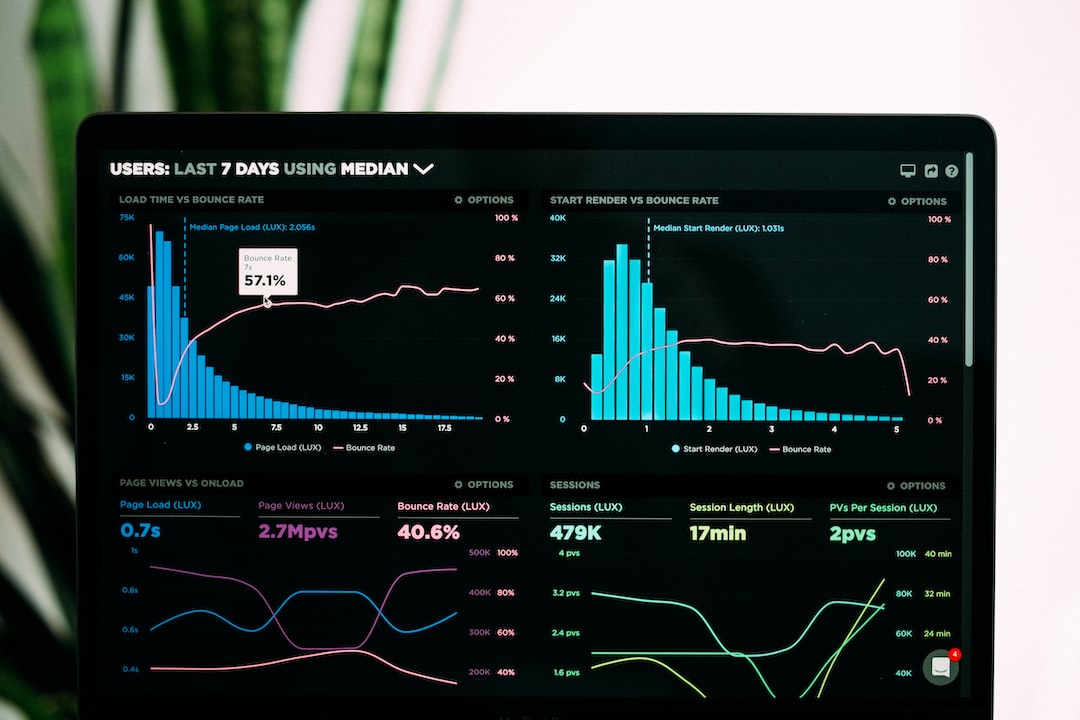
One way to determine if a car is second hand is by checking the mileage and service history. These factors can provide valuable insight into the vehicle’s previous ownership and maintenance.
To do this, start by checking for maintenance records. Look for regular servicing and any major repairs. Additionally, research the vehicle’s previous owners. This can give you an idea of how the car has been used and maintained in the past.
Inspect the Condition of the Interior and Exterior

Check out the interior and exterior of the vehicle to get a feel for its overall condition, and boy, you won’t believe your eyes when you see how immaculate it is! When inspecting the car, be sure to check for visible damages such as dents, scratches, or rust.
Take a closer look at the upholstery and assess its quality. Look for any tears, stains, or signs of wear and tear. A well-maintained interior and exterior are indicators that the car is likely second hand.
Look for Signs of Wear and Tear
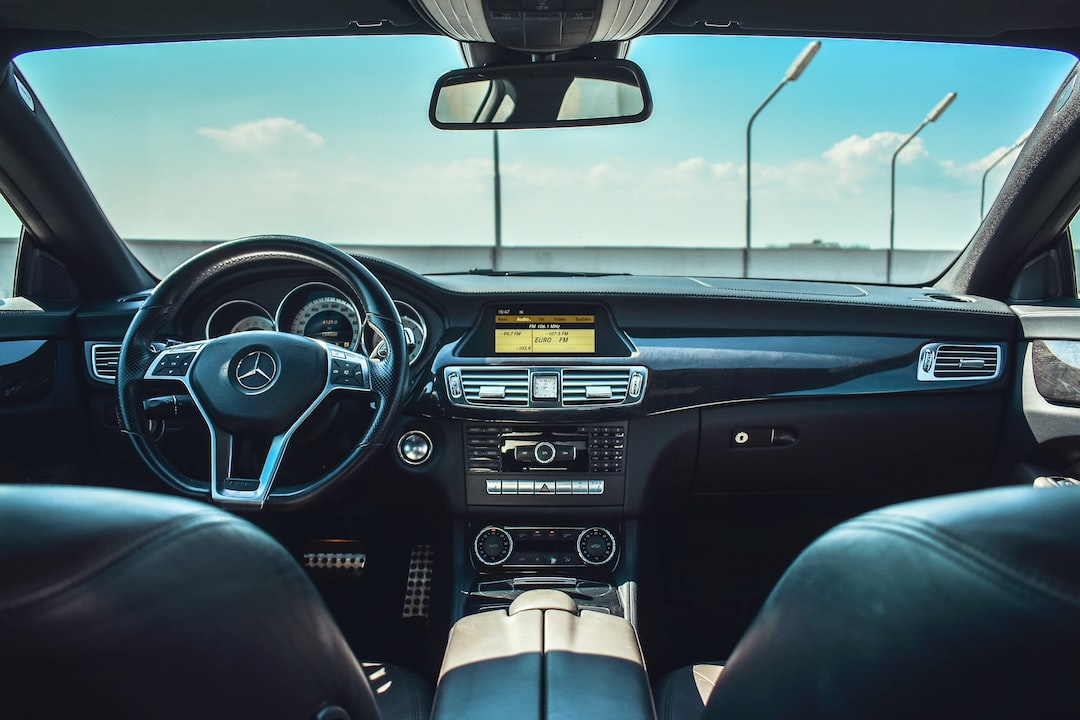
Take a closer look at the interior and exterior of the vehicle to spot any signs of wear and tear, like faded paint or worn-out seat covers.
Look for clues that may indicate previous modifications, such as aftermarket parts or mismatched paint.
Check the vehicle documentation for any inconsistencies, such as different VIN numbers or altered mileage records.
These signs can help you determine if the car is second hand and if it has undergone any major changes.
Verify the Vehicle’s Ownership and Title

Make sure you verify who owns the vehicle and check the title to ensure that everything is in order, so you can avoid any potential legal issues later on. To validate the registration documents, compare the owner’s name on the documents with the seller’s name. Research the vehicle’s accident history by obtaining a vehicle history report or using online resources. This will give you valuable information about any past accidents or damages the car may have incurred.
| Verify the registration documents | Research the vehicle’s accident history |
|---|---|
| Compare owner’s name with seller’s name | Obtain a vehicle history report |
| Check for any discrepancies | Look for any past accidents or damages |
| Confirm the vehicle’s ownership | Get information about the car’s condition |
| Avoid potential legal issues | Make an informed decision |
| Ensure a smooth car-buying process | Make a wise investment |
Get a Professional Inspection
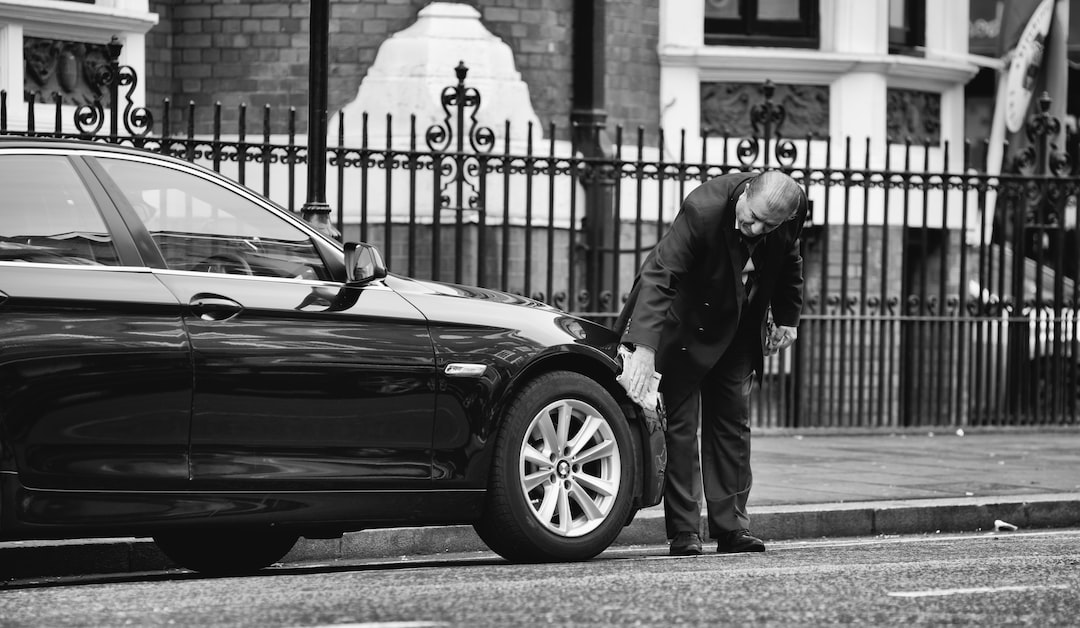
Before finalizing your decision, it’s crucial to get a professional inspection to ensure that the vehicle you’re interested in is in top-notch condition.
A professional inspection provides numerous benefits, such as uncovering hidden issues and identifying potential problems that may arise in the future. Additionally, it helps protect you from common scams in the used car market, allowing you to make an informed decision.
Don’t skip this step to avoid regret later on.
Frequently Asked Questions
Are there any specific documents or paperwork that I should ask for when verifying the vehicle’s ownership and title?
To verify a car’s ownership and title, ask for specific documents like the title certificate, registration papers, and any transfer of ownership forms. These important paperwork will confirm the legitimacy of the vehicle’s history and ownership.
What are some common signs of wear and tear that I should look out for when inspecting a car’s exterior and interior?
Look for common signs of rust and signs of previous repairs when inspecting a car’s exterior and interior. Check for any areas with flaking paint or bubbling, and look for mismatched paint or panel gaps.
How can I determine if the mileage on a car is accurate or if it has been tampered with?
To determine the accuracy of a car’s mileage and detect tampering, you can start by checking the vehicle’s service history and maintenance records. Additionally, inspect the wear on the pedals, seats, and steering wheel for any signs of excessive use.
What are some red flags or warning signs that I should be aware of during a professional inspection?
During a professional inspection, be on the lookout for common scams like title washing or VIN cloning. Also, pay attention to any hidden mechanical issues such as engine leaks or suspension problems. Stay vigilant and ask for detailed documentation.
Are there any additional steps or precautions I should take if I suspect that a car may be a second-hand vehicle?
To take additional precautions when suspecting a second-hand car, look for signs of previous usage like worn out parts, high mileage, and mismatched paint. Also, check the vehicle history report and consider getting a professional inspection.
Conclusion
In conclusion, knowing if a car is second hand requires careful inspection and verification. By checking the mileage and service history, you can gauge the car’s usage and maintenance.
Inspecting the interior and exterior for signs of wear and tear can provide further evidence of its pre-owned status.
Verifying the vehicle’s ownership and title ensures you’re not dealing with a stolen or illegally obtained car.
Finally, getting a professional inspection can uncover any hidden issues.
Did you know that, according to a recent study, around 40 million used cars were sold in the United States last year? This staggering statistic highlights the importance of being thorough when determining if a car is second hand.

